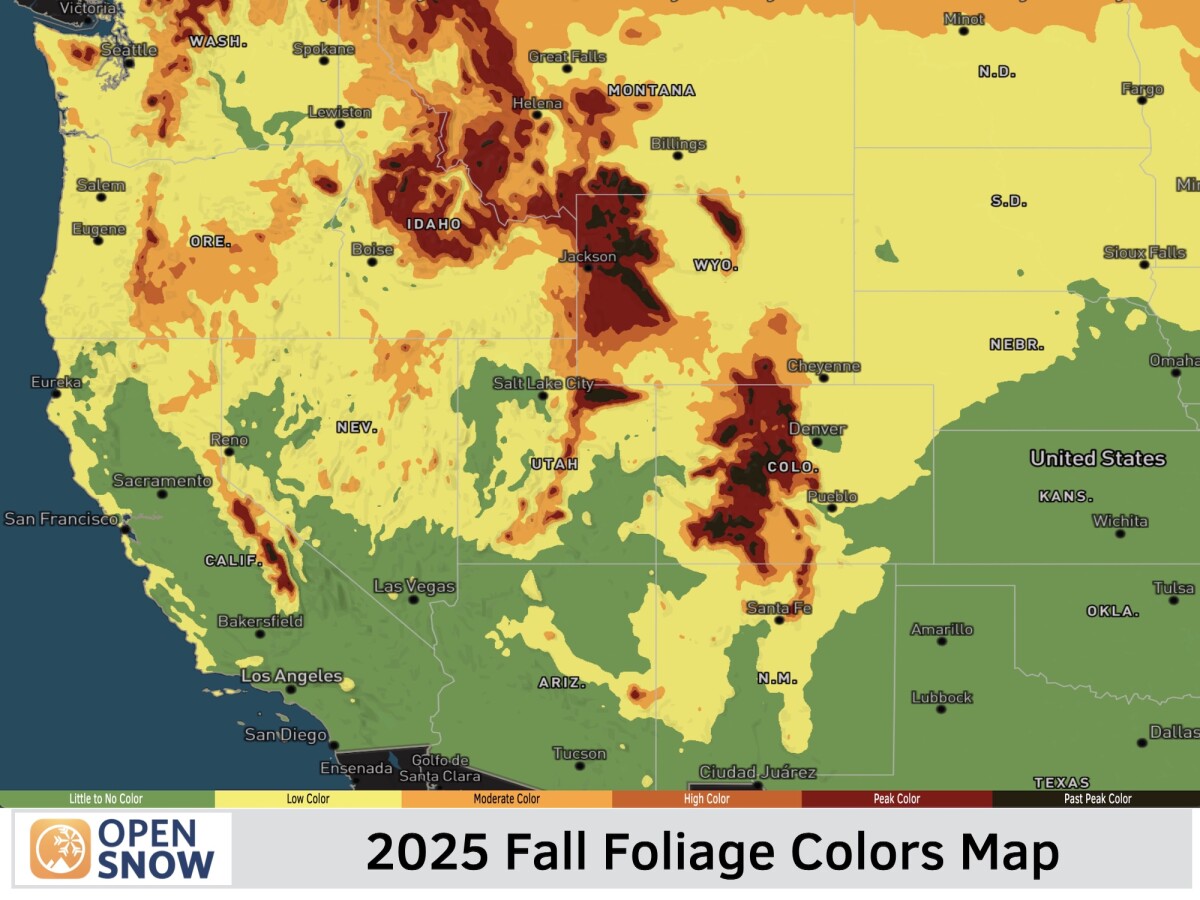Utah Daily Snow

By Evan Thayer, Forecaster Posted 5 years ago April 27, 2020
2019-20 Season Wrap-Up
Summary
Warm conditions expected to close out April. There will be additional chances for mountain snowfall in May, as there always is, but for the most part, our season is over and we are looking toward summer recreation and (hopefully) more normal lifestyles again.
Short Term Forecast

To read the rest of this Daily Snow, unlimited others, and enjoy 15+ other features, upgrade to an OpenSnow subscription.
Create Free Account No credit card required
Already have an account?
Log In
Upgrade to an OpenSnow subscription and receive exclusive benefits:
- View 10-Day Forecasts
- Read Local Analysis
- View 3D Maps
- Get Forecast Anywhere
- Receive Snow Alerts
- My Location Forecast
- Add iOS Widgets
- Climate Change Commitment
- Upgrade to an OpenSnow Subscription
About Our Forecaster




